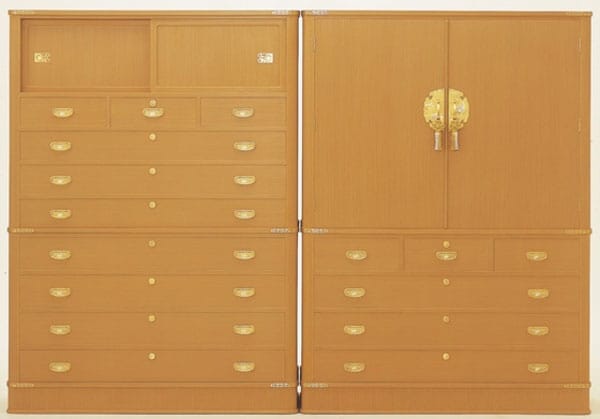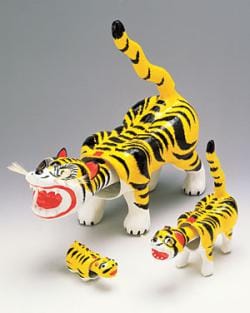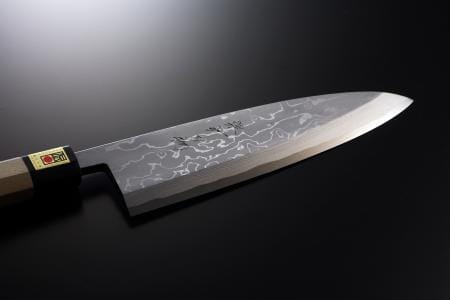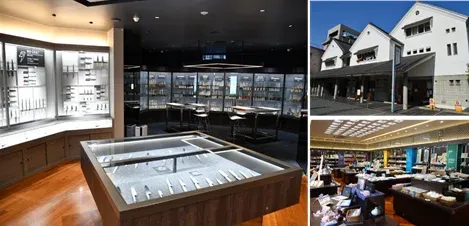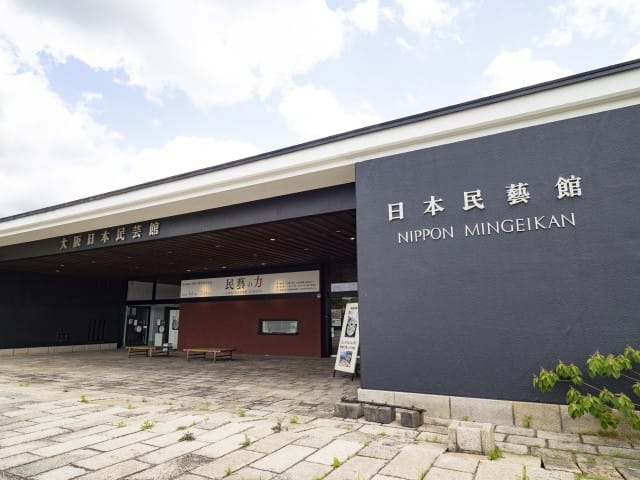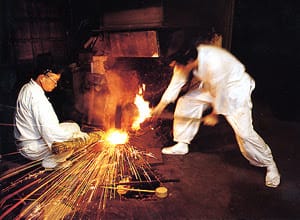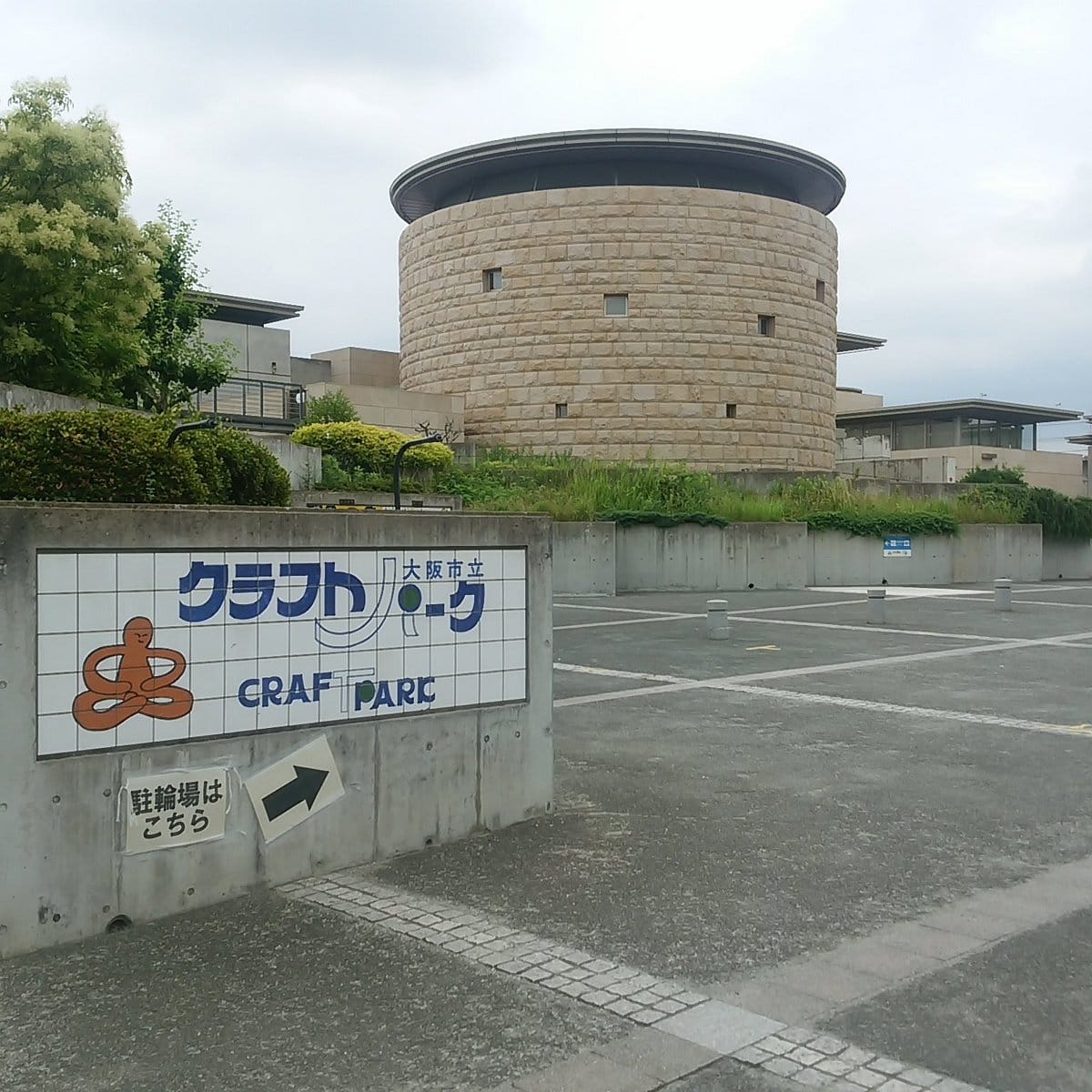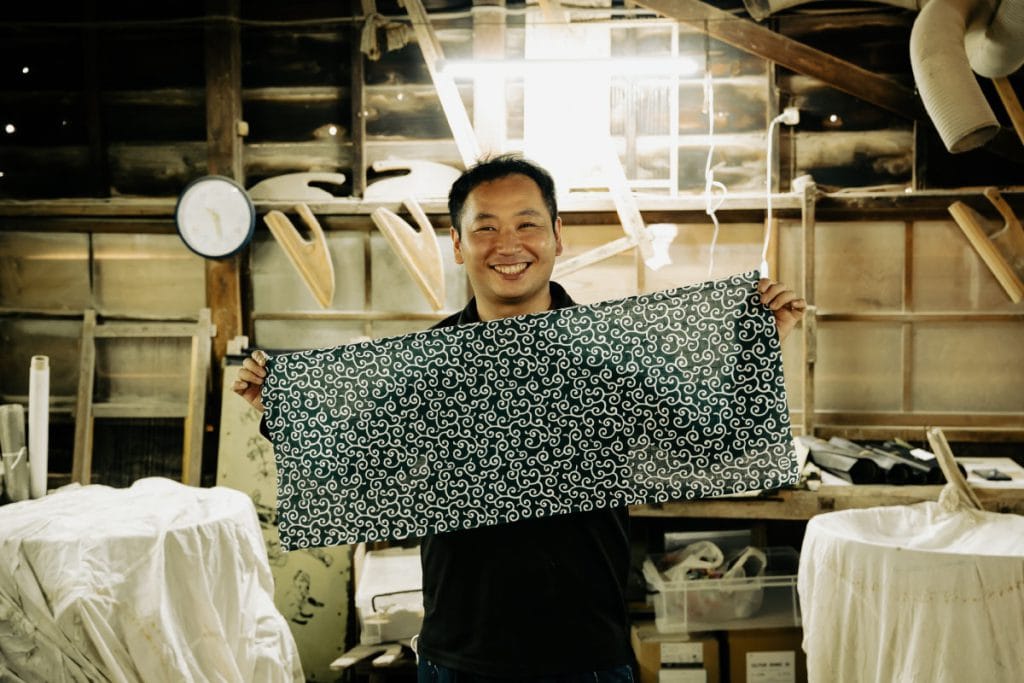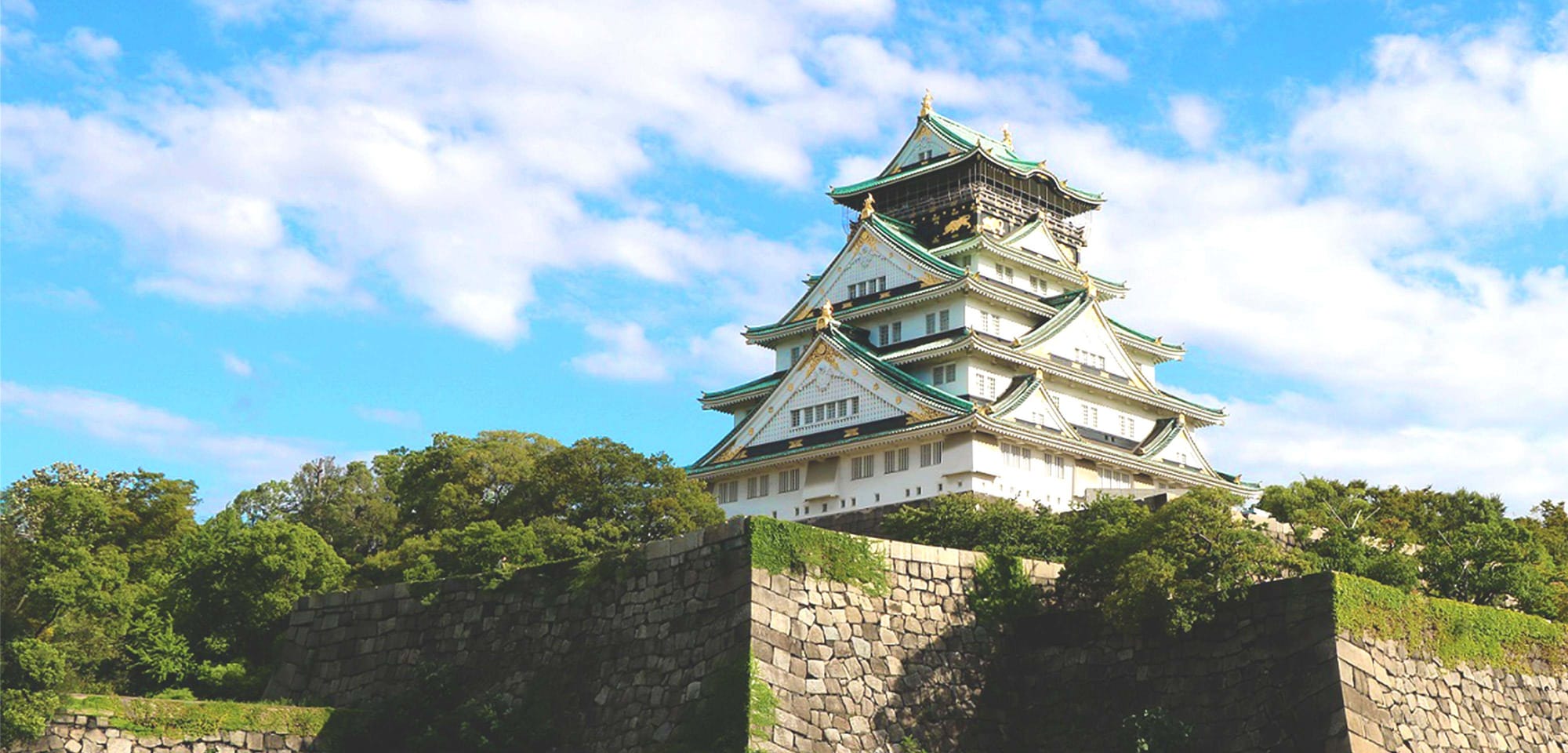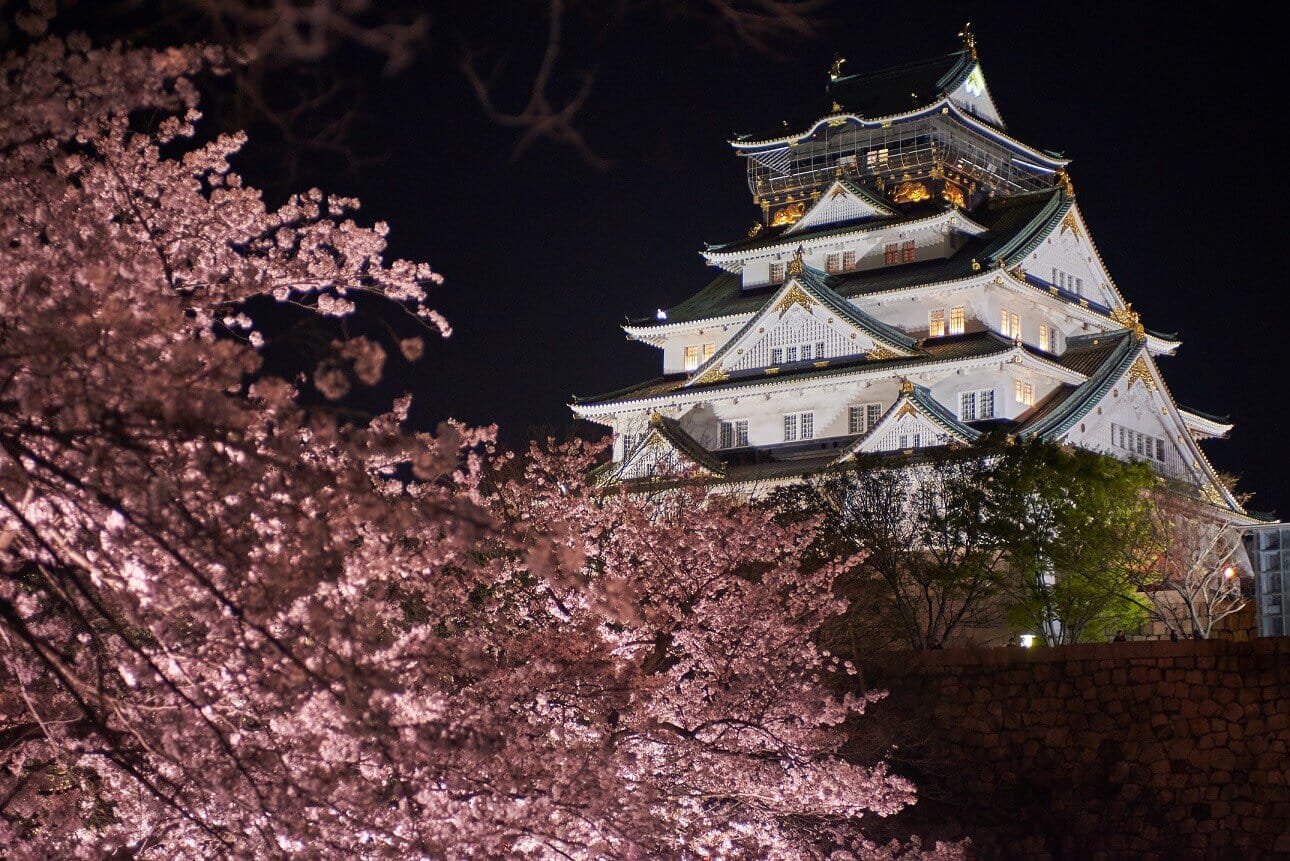Osaka has always been a hub for the finest ingredients from across Japan, earning it nicknames like "The Nation's Kitchen" (Tenka no daidokoro) and "The City of Kuidaore" (Kuidaore no machi, meaning "to ruin oneself by extravagance in food"). With unique culinary creations like Okonomiyaki and Takoyaki leading the way, Osaka has developed its own food culture, making it one of Japan's most famous gourmet destinations.
Osaka is Japan's second-largest city after Tokyo, the capital. It's home to about 7% of Japan's total population and 10% of the foreign residents in Japan, making it a densely populated area. Due to its proximity to Kyoto, the former capital of Japan, Osaka has long been a melting pot of culture and information from all over the country. As a result, numerous traditional cultures have flourished in Osaka.
Today, there are many experiential facilities where you can enjoy Osaka's traditional culture through workshops. In this article, we'll introduce you to cultural facilities where you can learn about and experience Osaka's traditional crafts and arts in a fun and engaging way.
Five Traditional Crafts That Flourished in Osaka
Osaka Ranma and Osaka Ranma Chokoku
Source: Osaka-ranma.com
Osaka Ranma and Osaka Ranma Chokoku (Osaka transom and Osaka transom carving) originated over 400 years ago, first introduced in the architecture of shrines and temples.
Ranma refers to the opening between the frame of sliding doors (called Shoji or Fusuma) and the ceiling in Japanese houses. While it serves to let light and air into the room, it also maintains elegance through beautiful decorations like flowers and birds.
Osaka Ranma is characterized by various techniques, such as creating geometric patterns by incorporating thin pieces of wood or carving wood to create three-dimensional patterns.
Enjoy the delicate yet dynamic designs that seem almost impossible to have been created from wood.
Osaka Senshu Kiri Tansu
Source: Kogei japan
Osaka Senshu Kiri Tansu (Osaka Senshu Paulownia Chests) became popular around 1700 when Osaka flourished as a commercial center. Senshu was a very wealthy area, and with the abundance of goods, there was a need for storage.
In Japan, chests have long been used to store valuable items like kimono. Osaka Senshu Kiri Tansu are distinguished by their use of high-quality paulownia wood, known for its excellent moisture resistance and fire resistance.
In Japan's hot and humid climate, resistance to mold is a crucial feature. That's why Osaka Senshu Kiri Tansu have been loved by Japanese people who value preserving their belongings as long-lasting storage solutions.
Osaka Senshu Kiri Tansu are also renowned as top-tier paulownia chests, known for their dignified and elegant atmosphere and the delicate craftsmanship that goes into each piece. Despite their simple appearance, you can feel the traditional artisan techniques in every detail.
Osaka Naniwa Suzuki (Osaka Naniwa Tin Ware)
Source: mainichi.jp
Osaka Naniwa Suzuki (Osaka Naniwa Tin Ware) began around 1700 when tin craftsmen and workshops moved from the then-capital Kyoto to Osaka, the center of commerce.
Tin (Suzu), considered a precious material after gold and silver, is known for its durability and longevity. It also has the property of mellowing the taste of alcohol, so it has been used to create sake cups (small cups used for drinking Japanese sake), tea utensils (used for drinking Japanese tea), vases, and more.
The charm of Osaka Naniwa Suzuki lies not only in the advantages of tin as a material but also in its warmth despite being metal. This unique characteristic comes from the careful hammering by craftsmen in the creation process.
Today, modern interpretations like tumblers and wine glasses are also available, making Osaka Naniwa Suzuki an excellent souvenir option for those looking to take home a piece of Japanese traditional craft.
Osaka Hariko
Source: Osaka City Official website
Hariko, which originated in China, made its way to Osaka from the former capital, Kyoto, and Osaka Hariko became the largest producer in Japan.
Osaka Hariko is created by layering Japanese paper (washi, a traditional paper made from local materials) with glue made from dissolved wheat flour to create three-dimensional shapes. Originally popular as children's toys, they are now valued as good luck charms and talismans.
For instance, tigers are believed to help children grow strong, while Daruma dolls are thought to bring prosperity in business and ward off illness. These are just some of the wishes crafted into each piece by the artisans.
The smooth curves, which seem impossible to achieve with paper, reveal the time-consuming craftsmanship at every turn. The vivid coloring is also beautiful, so be sure to take a close look.
Sakai Uchihamono
Source: Sakai City Official website
"Sakai Uchihamono" (Sakai Forged Blades) are said to have originated about 500 years ago when sharp knives were made in Sakai, Osaka, to cut tobacco that had been introduced from Europe.
These blades are manufactured using a method called "tanzo" (forging), where iron or steel is heated to a glowing red and then hammered and stretched by craftsmen. The hammering increases the density of the metal, enhancing its strength, resulting in knives with exceptional sharpness and beautiful appearance.
Sakai Uchihamono knives can cut even soft sashimi without damaging the fibers, preserving the texture and umami. Therefore, they are indispensable cooking tools in Japanese cuisine, which emphasizes preserving the natural flavors of fish and vegetables. In fact, many professional chefs are known to favor Sakai Uchihamono.
This is an ideal spot to experience the culture representative of Osaka, a city that has developed as a gourmet destination.
Three Cultural Facilities Where You Can Learn About Osaka's Traditional Crafts and Arts
Sakai Denshokan
Source: PR TIMES
"Sakai Denshokan" is a facility that exhibits and sells traditional industrial products from Sakai, including blades, hand-dyed fabrics, and incense.
The sight of Sakai Uchihamono displayed in showcases is particularly impressive. You can view countless knives, from expensive ones used by professional chefs to those suitable for home use. You can also purchase knives you like, making it a perfect souvenir from your Japan trip.
On the day I visited, there was a demonstration of knife sharpening by a craftsman. Watching the craftsman restore a knife to like-new sharpness using various whetstones right before my eyes was an unforgettable experience.
English-speaking staff are available, so foreign visitors can enjoy their tour and shopping without worry.
- Address: 1-1-30 Zaimokucho-nishi, Sakai-ku, Sakai City, Osaka Prefecture
- Opening hours: 10:00 - 17:00
- Closed: 3rd Tuesday of the month, Dec 29 - Jan 3
- Phone: 072-227-1001
- Official website
- Official Instagram
Osaka Nihon Mingeikan
Source: Official website
"Osaka Nihon Mingeikan" (Osaka Japan Folk Crafts Museum) is a facility where you can view traditional crafts from Japan and abroad, including ceramics, textiles, and lacquerware. With relaxing, subdued lighting and a quiet space, you can leisurely appreciate the traditional techniques.
Depending on the season, workshops where you can directly hear lectures from traditional craft artisans may be held, so it's recommended to visit during these events.
The museum shop inside the facility is also a must-see. It's filled with items that are enjoyable just to look at, such as plates and tea cups made from famous pottery from various parts of Japan. Of course, you can purchase these items, so it's recommended to buy a few to take home.
- Address: 10-5 Senri Expo Park, Suita City, Osaka Prefecture
- Opening hours: 10:00 - 17:00 (Last admission 16:30)
- Closed: Every Wednesday, New Year holidays, and some irregular closures
- Phone: 06-6877-1971
- Official website
Mizuno Tanrenjo
Source: Official website
"Mizuno Tanrenjo" is a blade workshop with over 150 years of history, specializing in Japanese swords and knives.
It's known for crafting the "Mayoke kama" (evil-warding sickle) for the five-story pagoda at Horyuji, a popular tourist spot in Nara. At Mizuno Tanrenjo, you can actually hold this precious sickle and the nails used in the central pillar (shinbashira) of the pagoda.
After seeing the five-story pagoda at Horyuji, I held the "Mayoke kama" at Mizuno Tanrenjo. The sickle, which looked small high up on the pagoda, was actually very large when seen up close, and I remember being overwhelmed by its power and the craftsman's skill.
Mizuno Tanrenjo is one of the few places where you can experience traditional Japanese techniques hands-on. You can also purchase home-use knives with sharpness comparable to professional-grade ones, as well as whetstones for sharpening knives as souvenirs.
- Address: 1-1-27 Sakuranamachi-nishi, Sakai-ku, Sakai City, Osaka Prefecture
- Opening hours: Weekdays 9:00 - 17:00, Weekends and holidays 11:00 - 16:00
- Closed: Irregular
- Phone: 072-229-3253
- Official website
- Official Instagram
Two Recommended Experiential Facilities Where You Can Participate in Workshops in Osaka
Osaka Craft Park
Source: Tripadvisor
At "Osaka Craft Park," you can experience various crafts such as glassblowing, burner work, stained glass making, and pottery.
My recommendation is the burner work experience of making "Tonbotama" (glass beads). Tonbotama are craft items made by melting glass with a tabletop burner and decorating it with colored or floral glass to form a round shape. You can take home your own one-of-a-kind Tonbotama as an accessory like a brooch, designed with your favorite colors and patterns.
The process is carefully explained, so even beginners can try it with confidence. If you're interested, please check the homepage below.
- Address: 1-8-44 Nagayoshi-Rokutan, Hirano-ku, Osaka City, Osaka Prefecture
- Opening hours: 9:30 - 17:00
- Closed: Tuesdays, Dec 28 - Jan 4
- Phone: 06-4302-9210
- Official website
- Official Instagram
Nishikawayoshi Somesarashi Kojo
Source: FactorISM
"Nishikawayoshi Somesarashi Kojo" is a small factory that produces Tenugui (hand towels) using traditional techniques.
Tenugui have long been used in Japan as daily items, similar to handkerchiefs or towels, for wiping hands or faces, or wrapped around the neck like a scarf when it's chilly. Nowadays, they're also popular as decorative items, featuring cute animal patterns or designs of local specialties from various parts of Japan.
During workshop periods, you can not only observe the Tenugui manufacturing process but also experience the dyeing process yourself. The Tenugui produced at Nishikawayoshi Somesarashi Kojo are perfect as souvenirs of Japanese traditional culture, known for their functionality and beautiful designs.
- Address: 216 Keana-cho, Naka-ku, Sakai City, Osaka Prefecture
- Opening hours: 9:00 - 16:00
- Closed: Saturdays, Sundays, and holidays
- Phone: 072-271-0918
- Official Instagram
For Those Interested in Castle Architecture and Japanese Culture, Osaka Castle is a Must-Visit
The Impressive Tenshu-kaku Symbolizing Osaka
Source: Official website
The main attraction of Osaka Castle is undoubtedly its impressive Tenshu-kaku (main tower). It's so large that you can see it as soon as you arrive at the nearest station, and its emerald green and gold colors are truly dazzling. The famous golden Shachihoko (mythical fish-shaped roof ornament) on the castle roof can also be seen as a life-size replica inside the castle tower.
When I first visited, I was shocked not only by the castle tower itself but also by the enormous size of a single block of the stone walls (Ishigaki) that form its foundation. Why not experience for yourself the ingenious Japanese architectural techniques that have been in use for over 400 years?
On Clear Days, Enjoy a Panoramic View of Osaka from the Observation Deck
From the observation deck on the top floor of Osaka Castle, you can view Osaka Castle Park and the city of Osaka. On clear days, you can even see Tsutenkaku, another popular tourist spot in Osaka, so try to spot it!
Beautiful Natural Scenery Throughout the Seasons
Source: WALKER PLUS
Osaka Castle Park is also famous as a cherry blossom (Sakura) viewing spot, symbolizing the arrival of spring in Japan. From late March to early April, when the 3,000 cherry trees in the park are in full bloom, it's even more crowded with tourists than usual. The quintessentially Japanese scenery of the castle tower among the cherry blossoms is so beautiful that even amateur photographers can take professional-looking photos.
I also love the plum blossoms that can be seen in the colder period before spring arrives. The vibrant pink, white, and yellow plum blossoms emit a gentle, sweet fragrance that's very soothing.
Osaka Castle Park is a spot where you can experience various aspects of nature in each season, including hydrangeas (Ajisai), osmanthus (Kinmokusei), and camellia (Tsubaki). After learning about the history of Osaka Castle, why not take a leisurely stroll through the park?
- Address: 1-1 Osakajo, Chuo-ku, Osaka City, Osaka Prefecture
- Opening hours: 9:00 - 17:00 (Last admission 16:30)
- Closed: Dec 28 - Jan 1
- Phone: 06-6941-3044
- Official website
- Official X (formerly Twitter)


